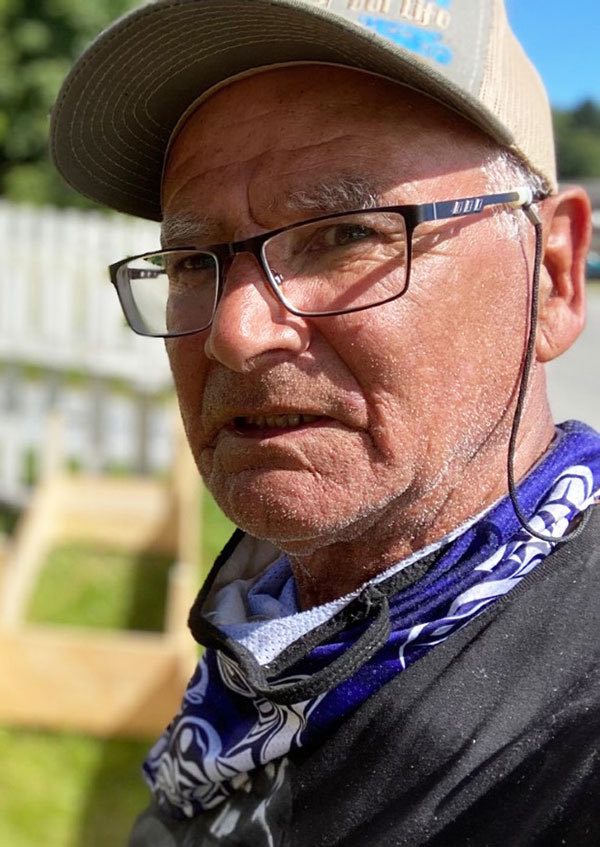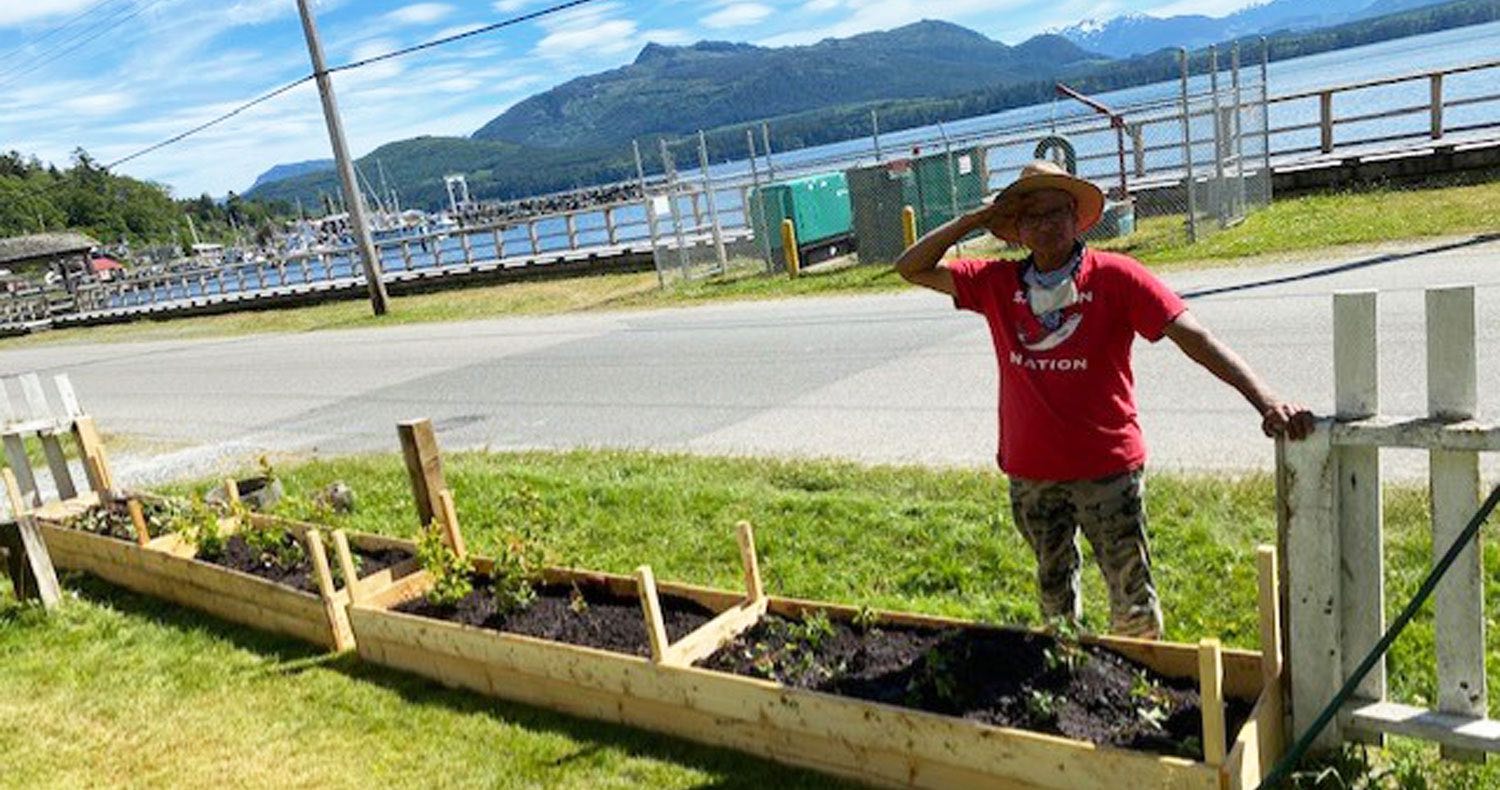Taking down fences and building community
“It all begins with healing, but we can heal ourselves,” Brian “Arnie” Wadhams indicated to me as we developed a plan to get rid of our fence in front of the rectory. We didn’t know it at the time, but much of our time together would be spent in contemplation of what it means for him to be First Nations. Our conversations also turned to the recent discovery of 215 children buried in Kamloops.
In Alert Bay, our community is roughly composed of an Indigenous band and a township where people integrate. At one time the Island was strictly “the white side” and the “Indian side.” Things have changed, and people have grown together as a community that cares for all. This does not mean that this is a utopian community. We simply struggle together.

Arnie is an Indigenous Elder who is trying his best to become more like his Elders. “I want to help. Once upon a time we helped everyone in the community. It fell on the Chiefs to establish order, and people all responded in providing food from out there.” He points to the sea, which is just a few feet from the rectory’s front porch.
“All the families lived in one big house. We lived off the land and the sea. We shared the resources according to need and we didn’t waste. I dream of those days and I experienced them when I was six years old.”
We sat on the rectory’s front lawn and we planned how we would replace the old white fence. I think the fence has come to represent the way in which the church has isolated itself behind the protection of its white pickets and the way in which people have slowly distanced themselves from the Anglican church. Arnie had been helping me to mow the lawn. He just showed up one day with his orange riding mower. He mows the big spaces, and then I handle the edges with a push mower. Arnie has definitely helped the church look better so that we can be a part of a community that cares about its overall condition.
“We will build two twelve-foot boxes,” Arnie said. He then coordinated with the ‘Namgis First Nation resource manager, Tanis. In short order she provided wood, soil and plants. She advised us to plant strawberries and blueberries.
The week before we completed the boxes, Bishop Anna visited and shared some time with residential school survivors. One of the discoveries was how the children “starved.” This seems so terrible given that large gardens of potatoes and food surrounded the residential school. The children worked the fields, yet all they seemed to have was porridge. In the light of this discovery, how good it is to replace our fence line with berries and a big sign: “Help yourself.” Arnie and I both see the greater value of our dream to build boxes and boxes of fresh green food.
“Those nameless children that died, it really upset me. But now with our building, I see something different. It’s not about what was lost. It’s about doing something together. I like this…” In the heat we sweated and put our boxes together. Arnie brought some strawberries up to the rectory later. He handed them to me and said, “We work well together.”



